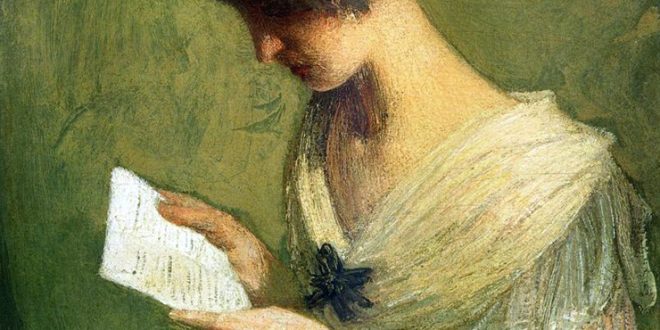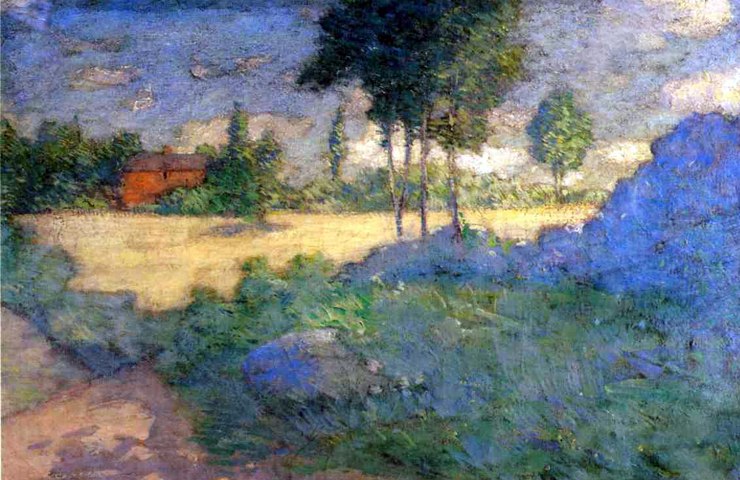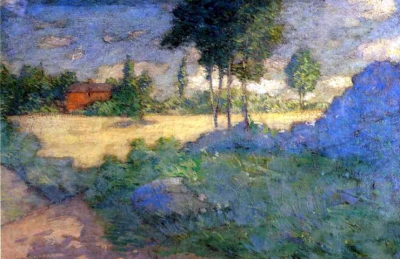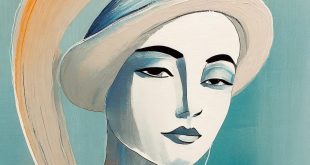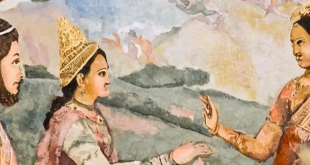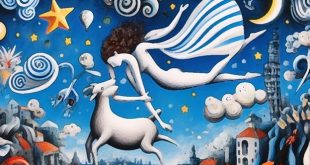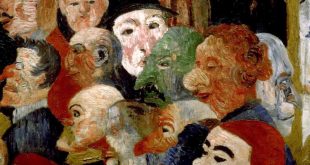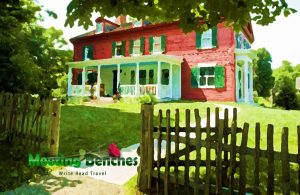 When the most critically acclaimed painting it’s a red bridge.
When the most critically acclaimed painting it’s a red bridge.
His farm is a national legacy to American creative spirit. Set amidst more than 60 acres of painterly woods and waterways, you’ll see why this painter described his home as the “Great Good Place.” 735 Nod Hill Road, Wilton. This is the National Park for the Arts, https://www.nps.gov/wefa/index.htm where you too can visit the home and studio of J. Alden Weir, America’s most beloved Impressionist. The home, studios, and a portion of the landscape remain intact, as one of the nation’s finest remaining landscapes of America. The park it’s a source of inspiration for artists and visitors. Its grounds are open daily, from sunrise to sunset, year-round.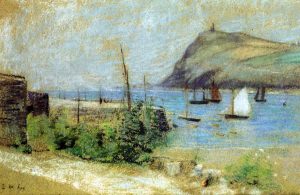
His paintings are also in the collections of the Smithsonian American Art Museum, (Washington, D. C.) and the Wadsworth Atheneum, in Hartford (Connecticut). When in 1891 he had his first one-man show, JULIAN ALDEN WEIR was described as the first among American to use Impressionistic methods. Before traveling to Paris to study under Jean-Léon Gérôme (and later at the École des Beaux-Arts), he took art classes at the National Academy of Design. This impressionist painter (the second to last of sixteen children), was born in an August day in West Point (New York).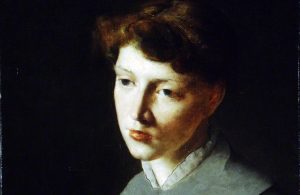
JULIAN ALDEN WEIR was the son of a drawing instructor and half-brother of the first director of the art program at Yale University. He spent many summers painting in some French villages, also traveling to the Netherlands and Spain. Through his European travels, he was able to study the paintings of Frans Hals and Diego Velasquez, but among French painters, his strongest influences was that of the Jules Bastien-Lepage. Arriving in New York, he took a studio near Washington Square.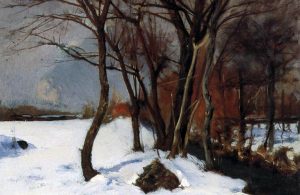
On a second trip to old continent, JULIAN ALDEN WEIR purchased works by Eureapean painters for American collectors. In 1883 he married Anna Dwight Baker and upon their return they lived between New York City, Branchville (in Connecticut, where he had a farm where hosted to numbers of artists) and Windham (home of Anna Weir’s parents). He was a founding member of the Society of American Artists. His style would vacillate throughout the years, but now you can admire his reputation with “Idle Hours”, one of his celebrated paintings, at the Metropolitan Museum of Art, New York). He was professor of painting and design at Yale University, starting the first academic art program on an American campus. This recipient of numerous honors in his life, he died on a December day, in New York. His farm and studio, at Branchville, are protected as the Weir Farm National Historic Site, and his family continues ownership of the Windham farm.
The intellectual property of the images that appear in this blog correspond to their authors. The sole purpose of this site, is to spread the knowledge of these artists and that other people enjoy their works. To pursue this issue, you can digit: https://www.youtube.com/watch?v=10ndZYhLRsw
 Meeting Benches World art in all forms
Meeting Benches World art in all forms
